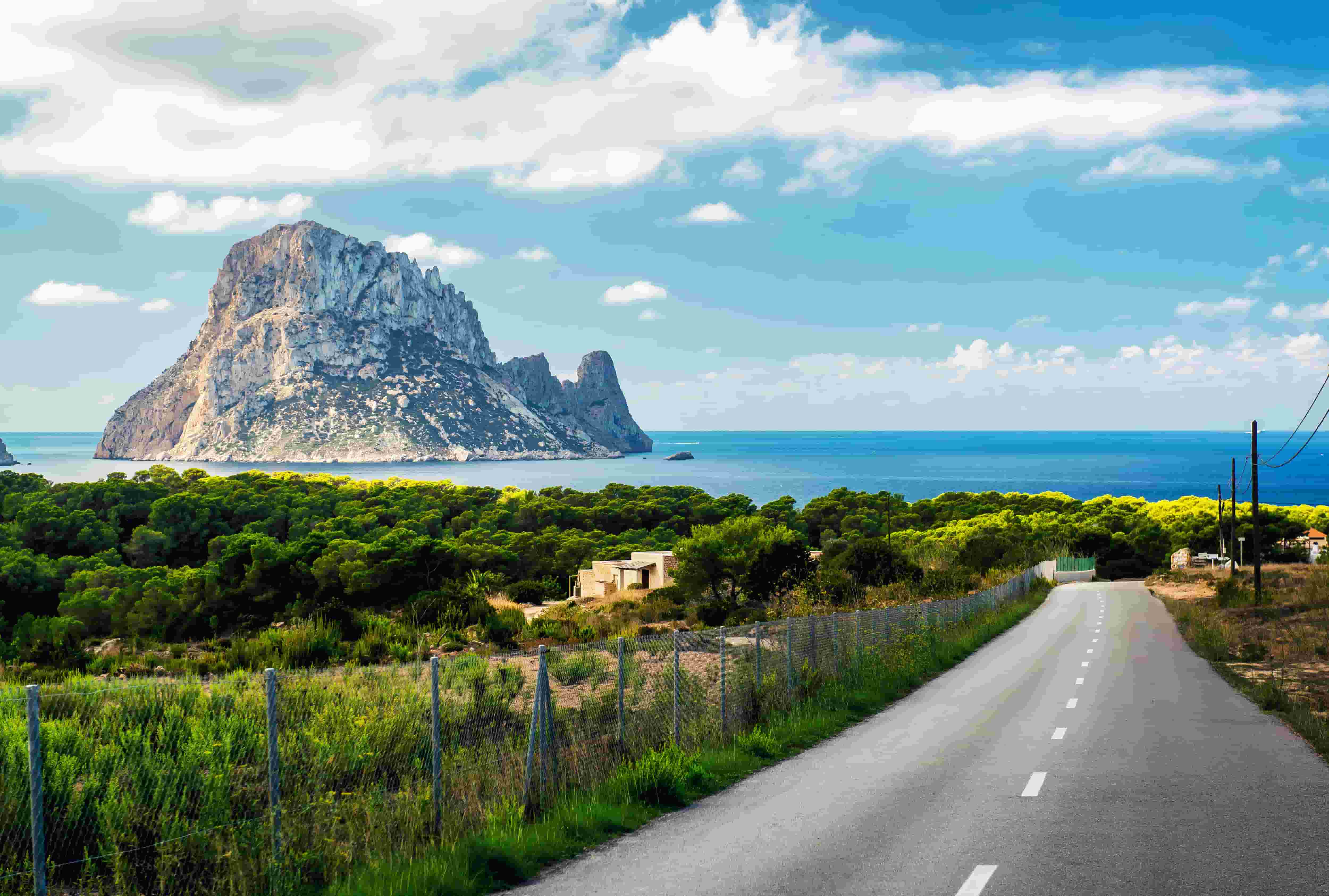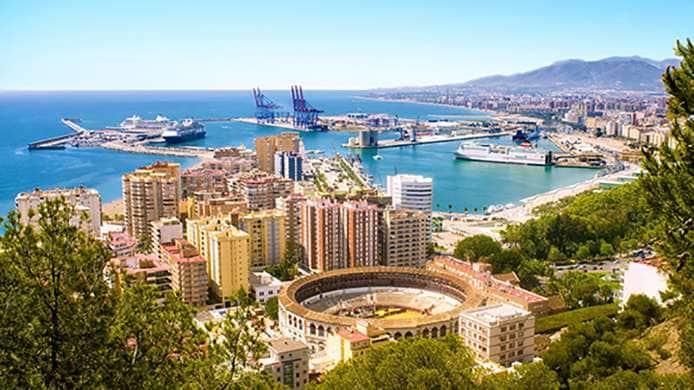
What to see in Málaga: A 4-day Road Trip through Málaga, Antequera and Ronda

Wiber Rent A Car
Málaga is one of those love-at-first-sight destinations. When you set foot in the city, you are captivated by the smell of sea and jasmine that floods all its streets. Culture, gastronomy, beaches, parks, natural spaces, the Fair, Holy Week … everything comes together to make Málaga a province that is worth being enjoyed. Cradle of artists like Picasso has well exploited all its potential to offer visitors unforgettable experiences. In Wiber we want renting a car with us to become a unique experience. Today we would like to recommend this 4-day road trip perfect for a short getaway.
On this occasion, we will rent the car at Málaga airport and drive through Málaga, Antequera and Ronda, a cultural and landscape triangle that is essential if you visit this region. So, get ready to enjoy a fantastic monumental heritage and to savour an exquisite and varied gastronomy. Sounds good, isn’t it? Let’s start engines!
What to see in Málaga: 4-day roadtrip
How could it be otherwise, we start our road trip through Málaga in the capital, Málaga City. With more than 3,000 years of history, you will enjoy arty sophistication before heading into the wilds. We highly recommend spending two whole days to visit the capital. Although 2 days will make you feel that you want more, it would be enough to savour the essence of this Andalusian city.
Day 1: Must-Visit spots in Málaga city
Let’s begin having a walk through the Larios street. This is one of the most important commercial arteries of the city. From there, you will head to the “Plaza de la Constitución”, the heart of the historic city centre and a good place to start the day with a consistent breakfast. Would you like to know a secret? Málaga is famous for its numerous ways to order a coffee: 9 different ways! So, take that lesson before going breakfast! In this area you will also find many museums and galleries, like the “Carmen Thyssen Museum”, located in the “The Villalón Palace”.
Among the other essentials to visit in Málaga is the Cathedral and its museum, the “Plaza del Obispo” and the “Episcopal Palace”. La Alcazaba is probably the best-preserved Moorish fortress palace in Spain with centuries old ceilings, patios and pottery in abundance. And behind it, with its watchtowers and parapets, Gibralfaro Castle is nothing short of magical.
Nearby you will reach the “Plaza de la Merced”, where you will learn a lot about Pablo Picasso. You can visit the house he was born in and then take in more than 150 of his works at the Picasso Museum; housed in a 16th century mansion in the old quarter.
Also, the Castle of Gibralfaro, the Bullring ‘La Malagueta’, the Museum of Municipal Heritage of Málaga and the Lamp, symbol par excellence of Málaga city and from where to enjoy spectacular views of the port and the city, are other points of interest that you should visit.
To reenergise, give a homage of local gastronomy: fried fish, “ajoblanco”, Málaga salad, “gazpachuelo”… and last but not least at all, local wine.
Day 2: Málaga, the most traditional city
The second day of our stay in Málaga we will spend it on the most traditional part of the city. The Cervantes Theatre (venue of the Málaga Film Festival), the Museum of Holy Week, the Wine Museum, the Museum of Popular Arts and Customs, the Atazaranas Market” and the Pedregalejo promenade are waiting to be discovered.
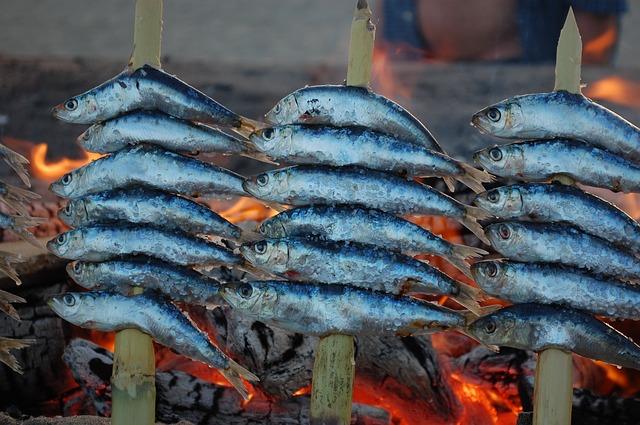
But dare I suggest you skip the beaches? Go to “Playa de Malagueta” for a swim. If you fancy venturing up to a beach bars, try the local “chiringuitos”, located on beaches throughout the Costa del Sol. They serve freshly caught fish everywhere!
Day 3: Heading to Antequera
Did you have time to linger in this visually attractive city? Then time to take our car and start the roudtrip heading to Antequera, also known as “the heart of Andalusia” because of its strategic location.
Highlights include 5,000-year-old dolmens and scenic walking in El Torcal natural park. The Dolmens are a set of three dolmens from the Neolithic period and make up one of the first ceremonial buildings in Western Europe, which is why it has been declared a World Heritage Site by UNESCO.
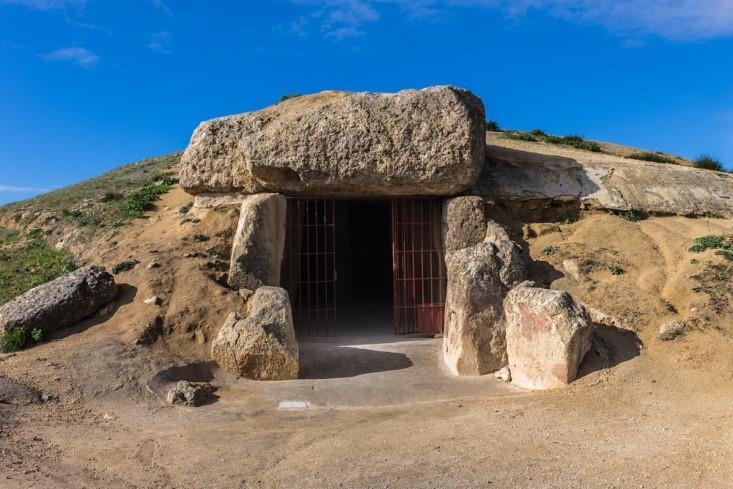
A few kilometres from Antequera and up the “Sierra Subbética”, we will reach the Torcal. This landscape surprises for its beauty and is formed by limestone, which draws curious vertical shapes on the horizon. Here we can also find dozens of caves and chasms (some more than 200 meters deep). A place with a lot of charm for hiking and take plenty of photos.
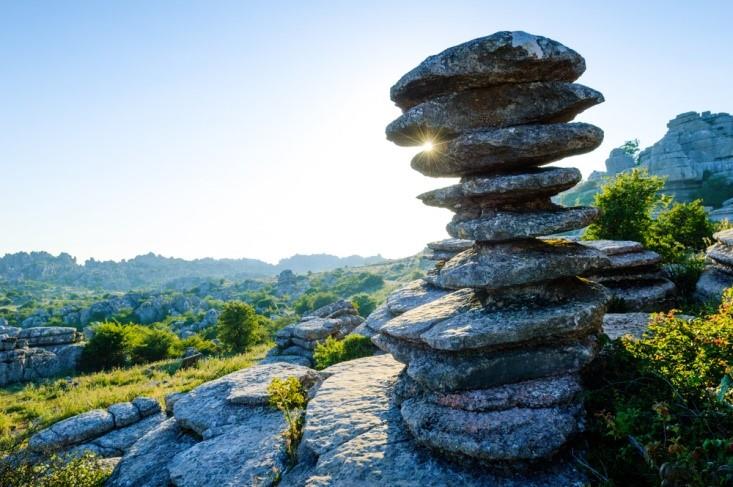
Day 4: Ronda
Time to go west towards Ronda. This mountain city is dramatically split in half by the gorge of the Tajo river. This division is done by the “Puente Nuevo”, a more than 200-year construction that look down into the 120-metre-deep gorge, which has become the symbol of the town.
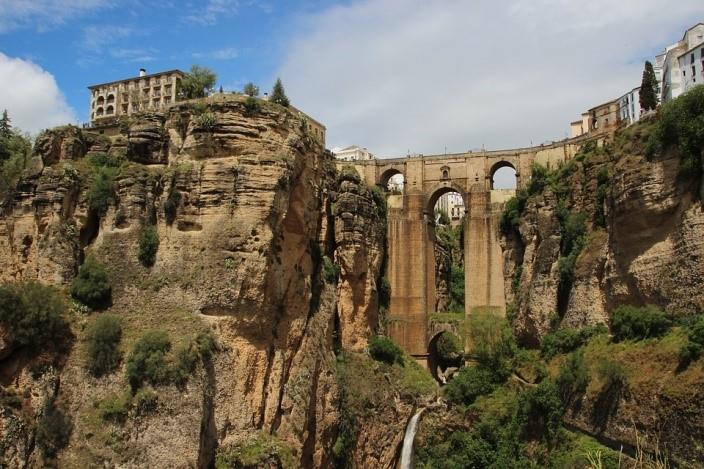
Once seen, take a walk through the “Alameda del Tajo” and take a look at the “Balcón del Coño” (those who speak Spanish will be surprised by this peculiar name…).
You cannot miss many of historical sites, such as the “Plaza del Socorro”, its surroundings and the “Plaza de Toros” (the oldest bull fighting ring in Spain), enjoy the view from the city wall, go down all the steps of the “Casa del Rey Moro”, visit the house of Juan Bosco, relax in the Arab baths and enjoy the natural parks of the “Serranía”.To sum up, Málaga is one of those areas that is likely to surprise you. There are a handful of historic ‘must see’ places in what is the most visited area of the Costa Del Sol.
Will you be travelling in August? Find here all the information you need to enjoy the Málaga Fair like a local!

 EN
EN  Español
Español  German
German 